-
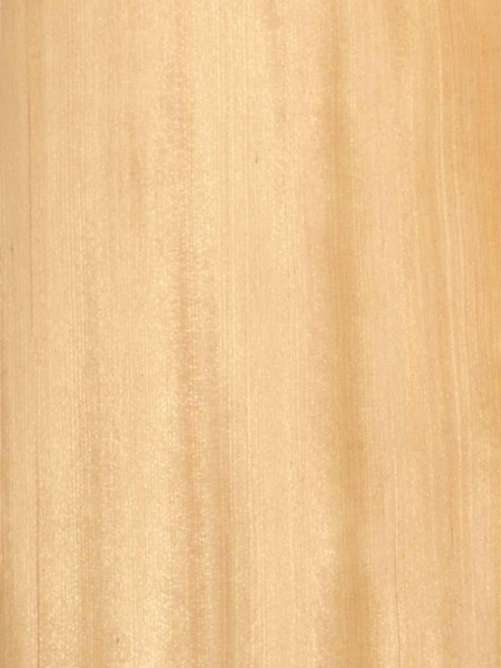 The largest of the hemlocks, this hemlock grows over 300’ tall from the Rockies to the Pacific coast. It has a straight grain, tightly spaced growth rings, somewhat coarse texture, and flat, uniform appearance with little distinction between the heartwood and sapwood. Hemlock takes finishing well and can be stained in virtually any color, making it an adaptable wood for interior projects. Learn About Veneer Cut & Matching
The largest of the hemlocks, this hemlock grows over 300’ tall from the Rockies to the Pacific coast. It has a straight grain, tightly spaced growth rings, somewhat coarse texture, and flat, uniform appearance with little distinction between the heartwood and sapwood. Hemlock takes finishing well and can be stained in virtually any color, making it an adaptable wood for interior projects. Learn About Veneer Cut & Matching -
 While most hickory is cut for lumber due to its strength and density, this traditional domestic beauty is increasingly available in the veneer. Hickory has a notable contrast between its reddish heartwood and lighter sapwood. The grain is usually straight but can be wavy or irregular in some flitches. The texture is coarse and porous with a matte finish. This is a quintessential domestic wood—lively in appearance and rich in American woodworking tradition. Learn About Veneer Cut & Matching
While most hickory is cut for lumber due to its strength and density, this traditional domestic beauty is increasingly available in the veneer. Hickory has a notable contrast between its reddish heartwood and lighter sapwood. The grain is usually straight but can be wavy or irregular in some flitches. The texture is coarse and porous with a matte finish. This is a quintessential domestic wood—lively in appearance and rich in American woodworking tradition. Learn About Veneer Cut & Matching -
 One of the hardest woods in the world, ipé is found throughout Central and South America, although most commercial wood comes from Brazil. While the tree itself is large, defect-free sections for veneers are relatively small. Extremely dark, the colors can vary from reddish-brown to green-black with subtle but distinctive stripes. Flat cut veneer produces the characteristic cathedral grain. Quartered, it can produce a plain or broken stripe figure. Learn About Veneer Cut & Matching
One of the hardest woods in the world, ipé is found throughout Central and South America, although most commercial wood comes from Brazil. While the tree itself is large, defect-free sections for veneers are relatively small. Extremely dark, the colors can vary from reddish-brown to green-black with subtle but distinctive stripes. Flat cut veneer produces the characteristic cathedral grain. Quartered, it can produce a plain or broken stripe figure. Learn About Veneer Cut & Matching -
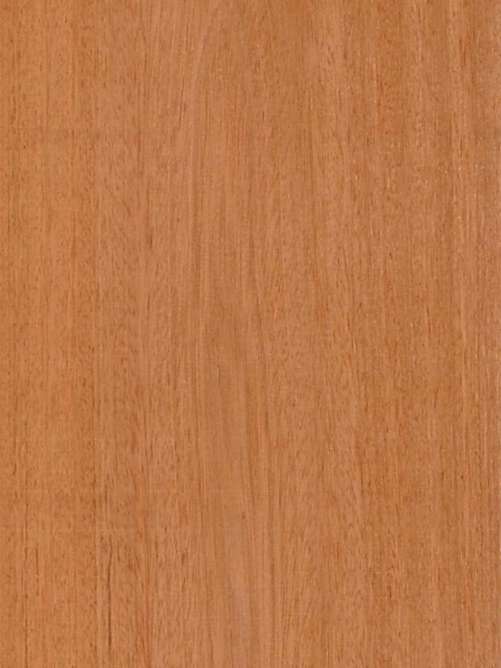 This tropical evergreen grows to impressive heights in consistently cylindrical trunks, making it ideal for veneer production for architectural use. It has an intense, warm, reddish-brown color—much like cherry—with contrasting occasional gray-brown streaks. Jatoba has a medium texture, interlocked grain, and very desirable natural luster. Learn About Veneer Cut & Matching
This tropical evergreen grows to impressive heights in consistently cylindrical trunks, making it ideal for veneer production for architectural use. It has an intense, warm, reddish-brown color—much like cherry—with contrasting occasional gray-brown streaks. Jatoba has a medium texture, interlocked grain, and very desirable natural luster. Learn About Veneer Cut & Matching -
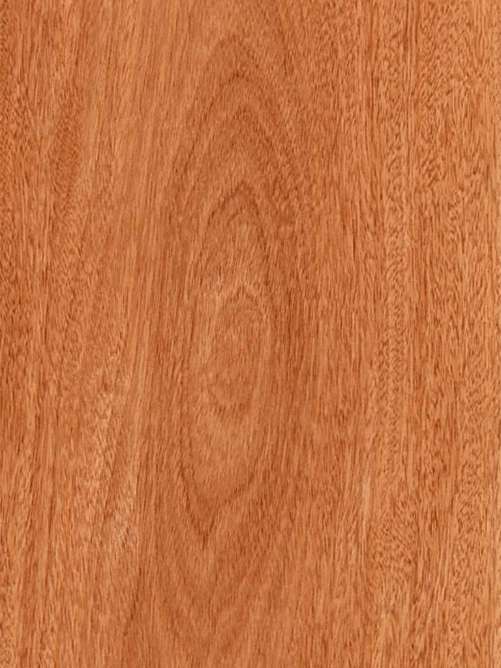 A relative newcomer to the US market, Jequitiba has grown in popularity in the last decade as an alternative to mahogany for rich, traditional interiors. The reddish to purple-brown heartwood, sometimes with dark streaks, varies only subtly from its paler sapwood. It has a medium luster, fine grain, and soft, smooth texture. These large trees produce ample size leaves for large installations. Flat cut, it has a pleasing cathedral figure; quartered wood may be figured. Learn About Veneer Cut & Matching
A relative newcomer to the US market, Jequitiba has grown in popularity in the last decade as an alternative to mahogany for rich, traditional interiors. The reddish to purple-brown heartwood, sometimes with dark streaks, varies only subtly from its paler sapwood. It has a medium luster, fine grain, and soft, smooth texture. These large trees produce ample size leaves for large installations. Flat cut, it has a pleasing cathedral figure; quartered wood may be figured. Learn About Veneer Cut & Matching -
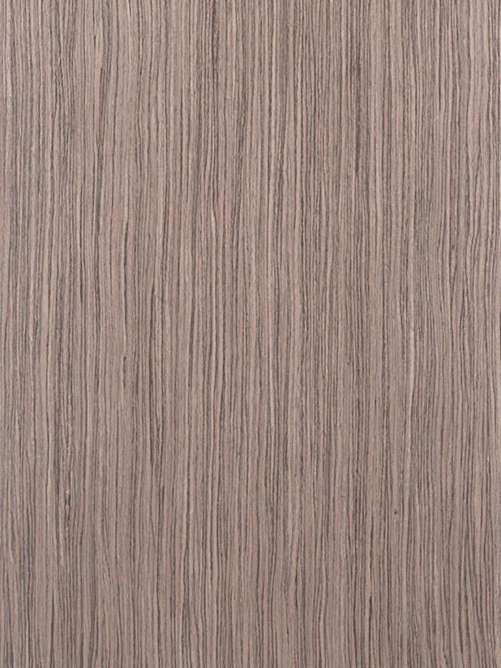 Reconstituted Veneer is a rotary cut veneer created from fast-growing secondary species, then dyed, layered, laminated, and laid up with grain that replicates a natural species. It offers outstanding consistency in color and grain. The pattern for Kalahari was previously owned by an exotic car manufacturer for vehicle interiors and is a one-of-a-kind offering that won’t be produced in the future. This recon veneer is in the grey color range, somewhat resembling Walnut, and can be stained. It is available in 9-foot lengths. Learn About Veneer Cut & Matching
Reconstituted Veneer is a rotary cut veneer created from fast-growing secondary species, then dyed, layered, laminated, and laid up with grain that replicates a natural species. It offers outstanding consistency in color and grain. The pattern for Kalahari was previously owned by an exotic car manufacturer for vehicle interiors and is a one-of-a-kind offering that won’t be produced in the future. This recon veneer is in the grey color range, somewhat resembling Walnut, and can be stained. It is available in 9-foot lengths. Learn About Veneer Cut & Matching -
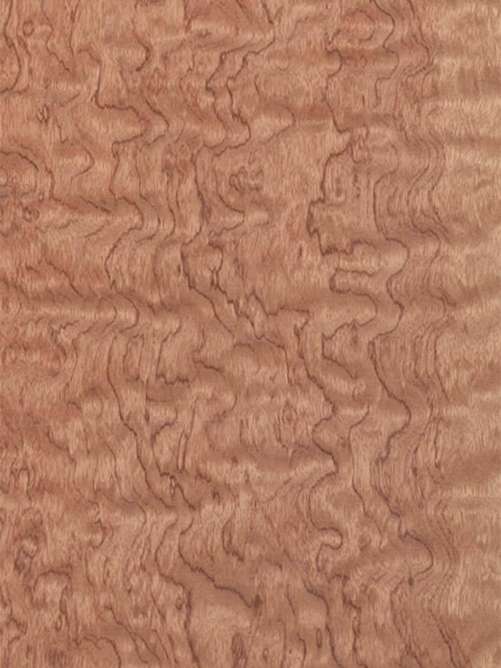 Kevazinga is the name given to Bubinga veneer that has been rotary cut to capitalize on its eccentric grain patterns. This exceptional veneer is red-brown in color; with dark veining, a coarse texture, and a lively, swirly grain interspersed with “peanut” or Pommele markings. Highly sought after for high-end cabinetry and architectural use. Learn About Veneer Cut & Matching
Kevazinga is the name given to Bubinga veneer that has been rotary cut to capitalize on its eccentric grain patterns. This exceptional veneer is red-brown in color; with dark veining, a coarse texture, and a lively, swirly grain interspersed with “peanut” or Pommele markings. Highly sought after for high-end cabinetry and architectural use. Learn About Veneer Cut & Matching -
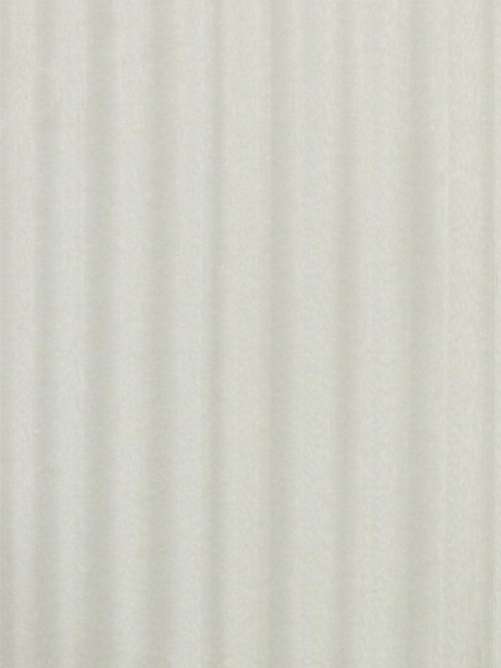 The wood is yellowish-white to cream in color and becomes yellowish-grey when steamed. Sliced veneers are used for door skins and inner surface veneers. The rotary veneer is used for plywood panels and bleaching + dying. Learn About Veneer Cut & Matching
The wood is yellowish-white to cream in color and becomes yellowish-grey when steamed. Sliced veneers are used for door skins and inner surface veneers. The rotary veneer is used for plywood panels and bleaching + dying. Learn About Veneer Cut & Matching -
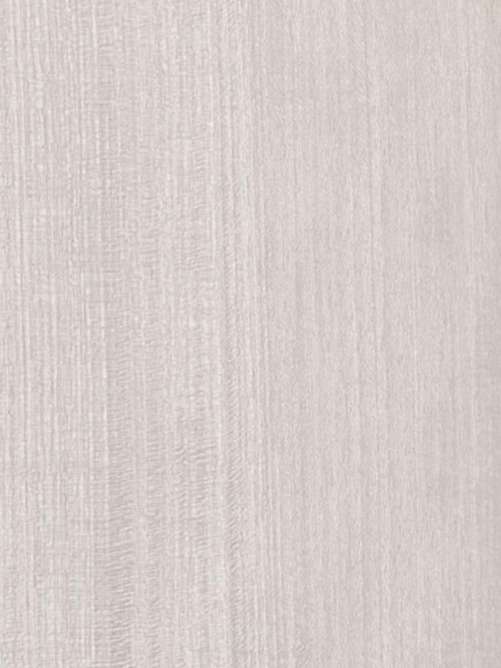 The wood is yellowish-white to cream in color and becomes yellowish-grey when steamed. Sliced veneers are used for door skins and inner surface veneers. The rotary veneer is used for plywood panels and bleaching + dying. Learn About Veneer Cut & Matching
The wood is yellowish-white to cream in color and becomes yellowish-grey when steamed. Sliced veneers are used for door skins and inner surface veneers. The rotary veneer is used for plywood panels and bleaching + dying. Learn About Veneer Cut & Matching -
 Lacewood is an uncommon veneer with conspicuous flecking that resembles lace when quarter cut. Reddish-brown with a silvery sheen, this striking veneer has a straight grain and small flake–the result of cutting through the medullary ray, which is especially pronounced in the species. Lacewood is always quarter cut and can be fumed to a rich chocolate brown. Learn About Veneer Cut & Matching
Lacewood is an uncommon veneer with conspicuous flecking that resembles lace when quarter cut. Reddish-brown with a silvery sheen, this striking veneer has a straight grain and small flake–the result of cutting through the medullary ray, which is especially pronounced in the species. Lacewood is always quarter cut and can be fumed to a rich chocolate brown. Learn About Veneer Cut & Matching -
 Lacewood is an uncommon veneer with conspicuous flecking that resembles lace when quarter cut. Reddish-brown with a silvery sheen, this striking veneer has a straight grain and small flake–the result of cutting through the medullary ray, which is especially pronounced in the species. Lacewood is always quarter cut and can be fumed to a rich chocolate brown. Learn About Veneer Cut & Matching
Lacewood is an uncommon veneer with conspicuous flecking that resembles lace when quarter cut. Reddish-brown with a silvery sheen, this striking veneer has a straight grain and small flake–the result of cutting through the medullary ray, which is especially pronounced in the species. Lacewood is always quarter cut and can be fumed to a rich chocolate brown. Learn About Veneer Cut & Matching -
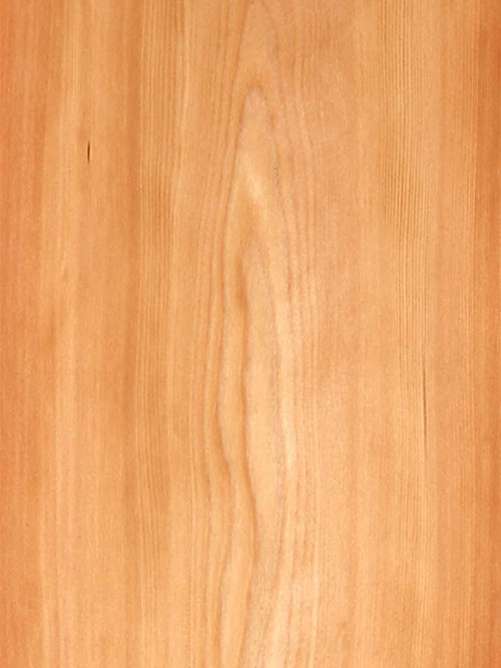 Larch is an exceptionally straight-grained veneer with a reddish-brown heartwood and thin, yellow-white sapwood. This tall, straight tree grows to exceptional heights, producing long lengths of clear veneer, primarily from the heartwood of the tree. Fumed, the typically medium colored wood turns a rich, dark, chocolate brown color reminiscent of African or tropical woods. Learn About Veneer Cut & Matching
Larch is an exceptionally straight-grained veneer with a reddish-brown heartwood and thin, yellow-white sapwood. This tall, straight tree grows to exceptional heights, producing long lengths of clear veneer, primarily from the heartwood of the tree. Fumed, the typically medium colored wood turns a rich, dark, chocolate brown color reminiscent of African or tropical woods. Learn About Veneer Cut & Matching

